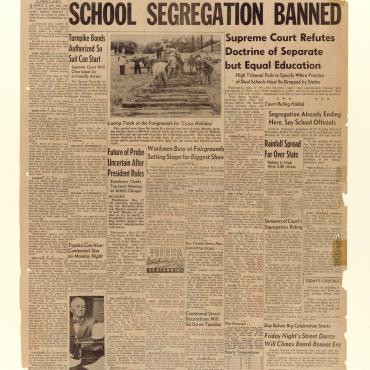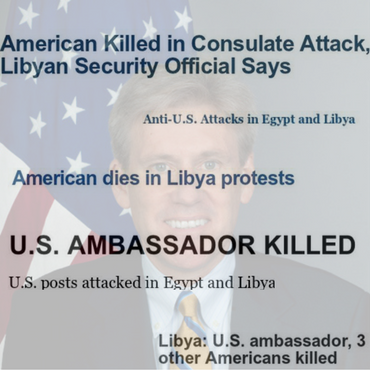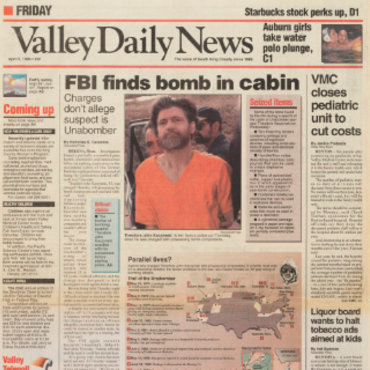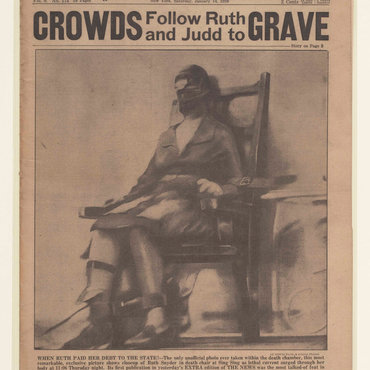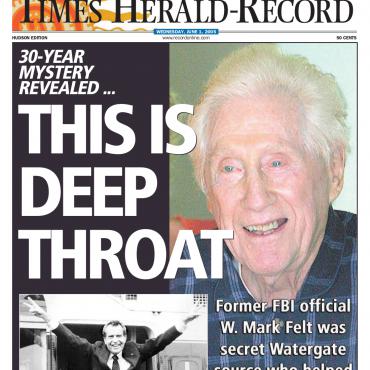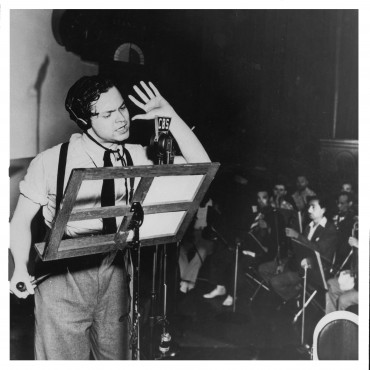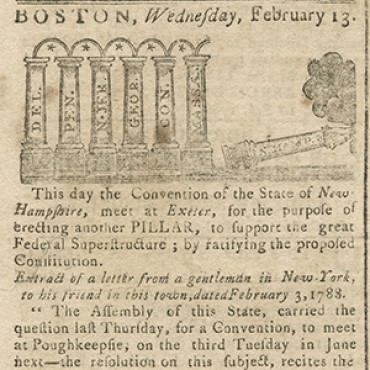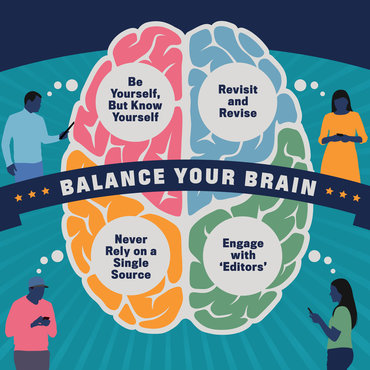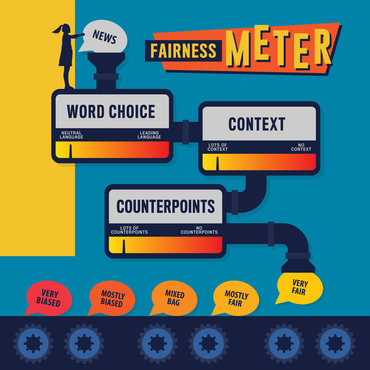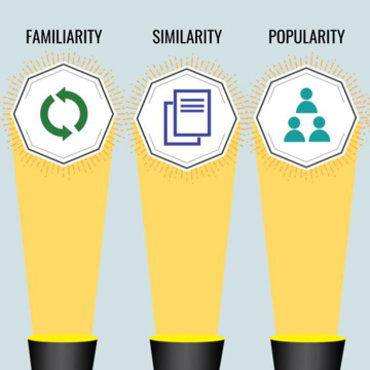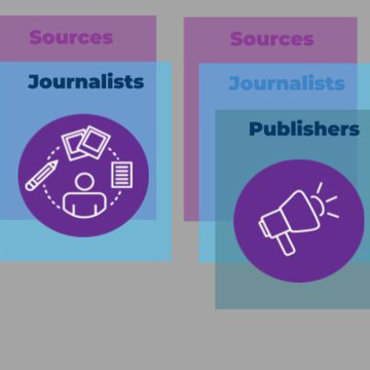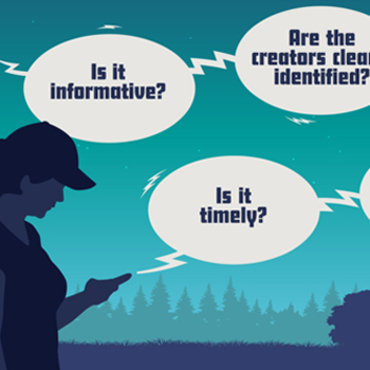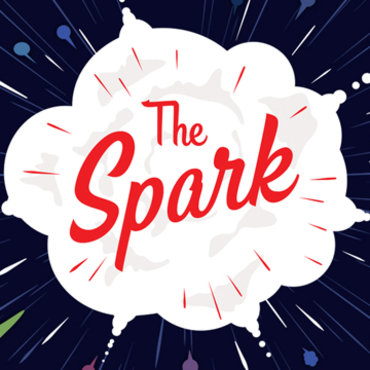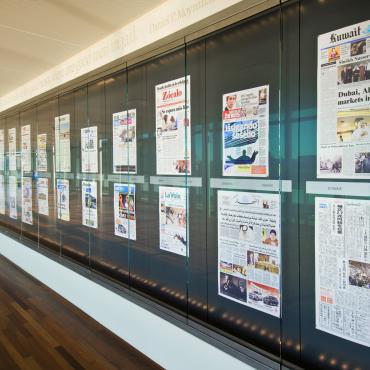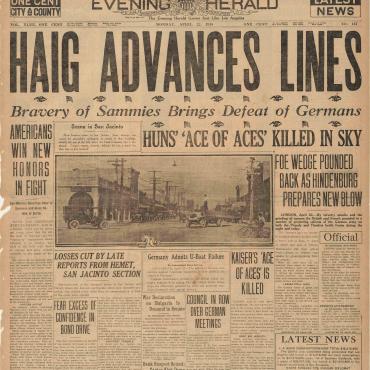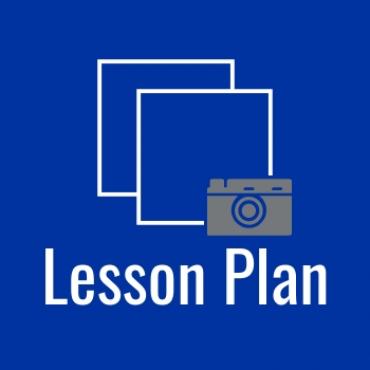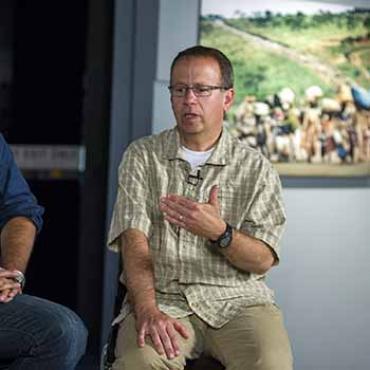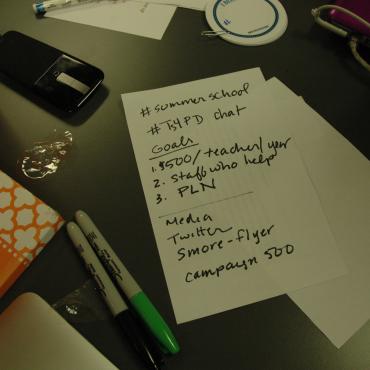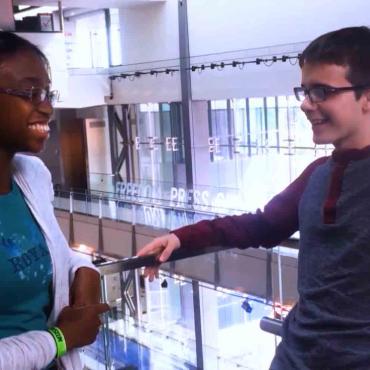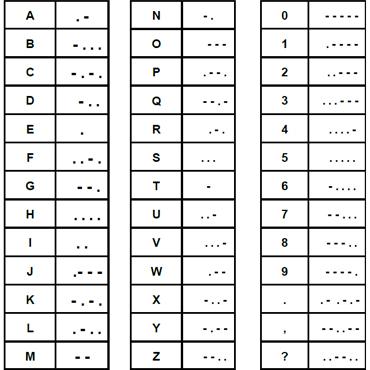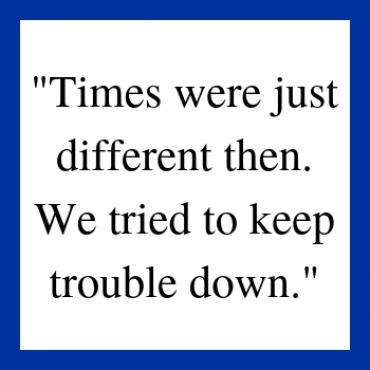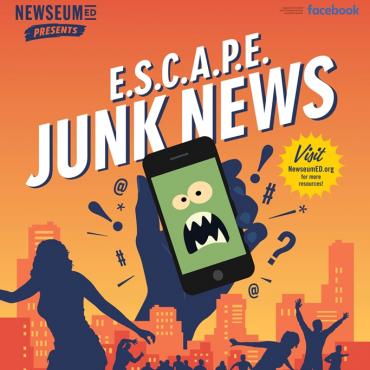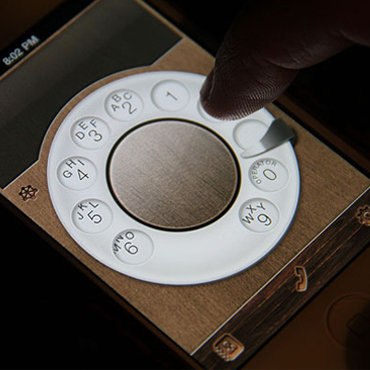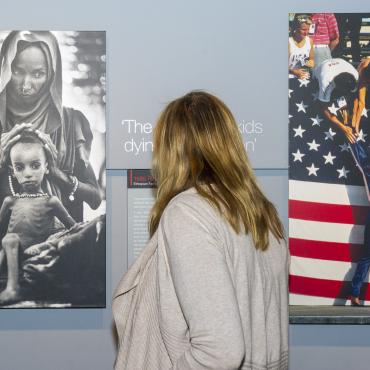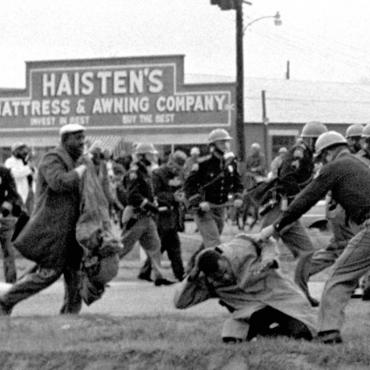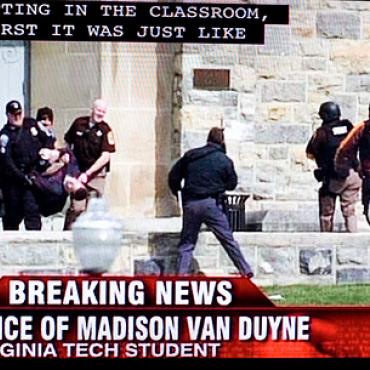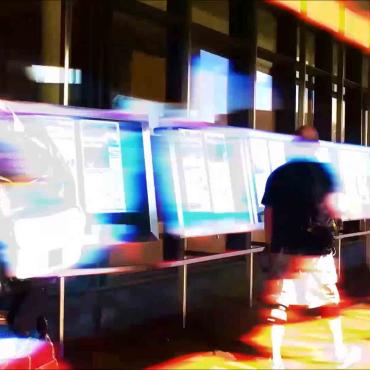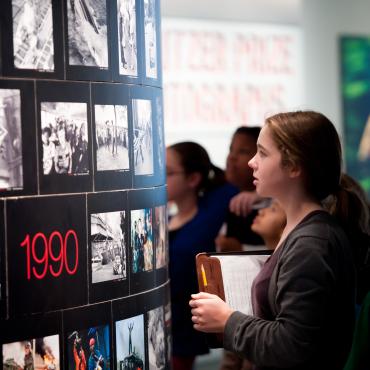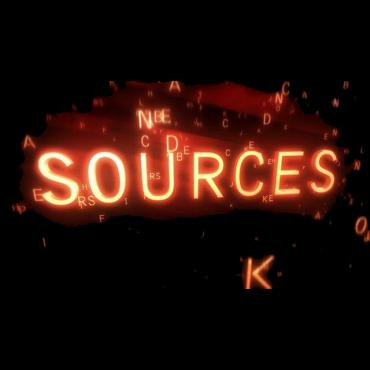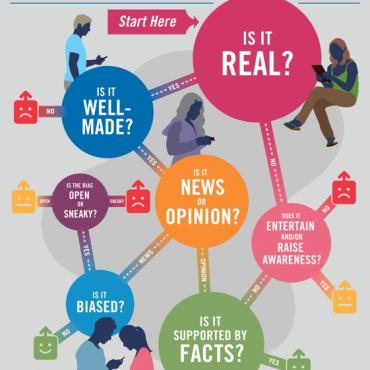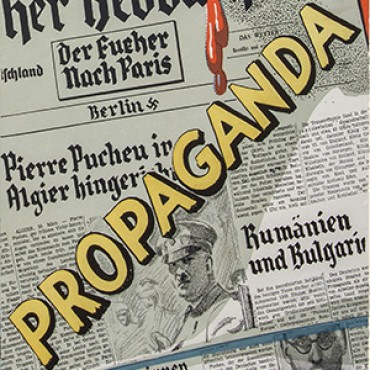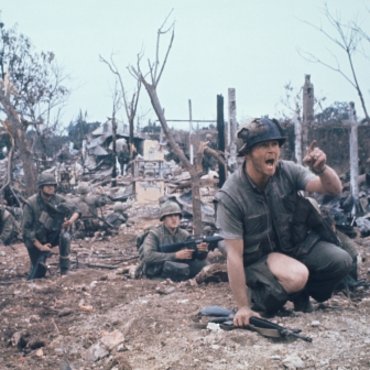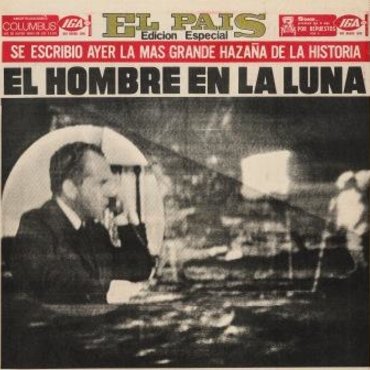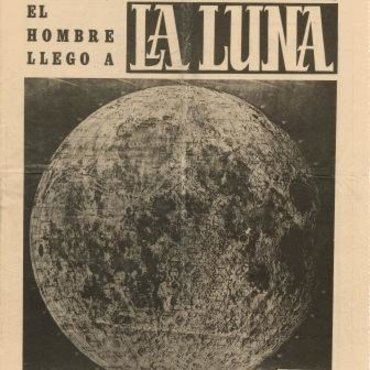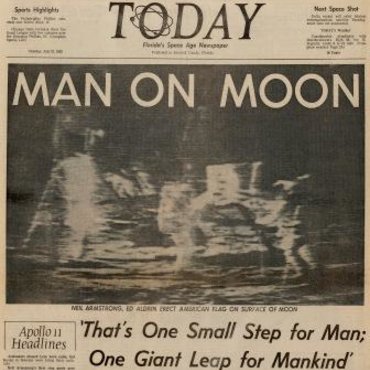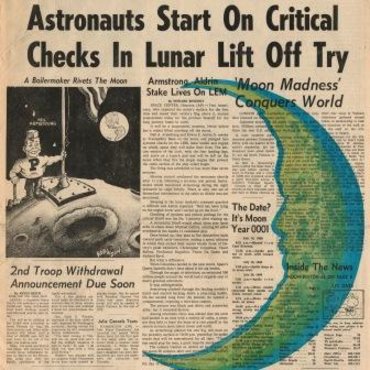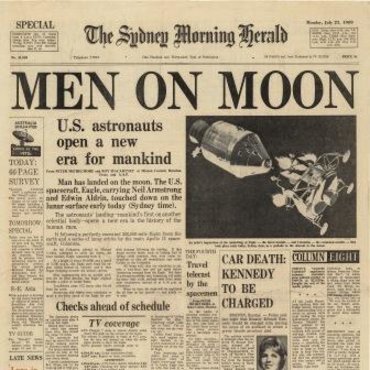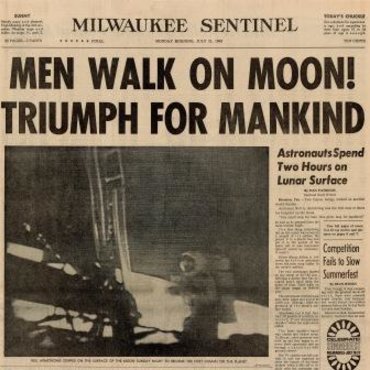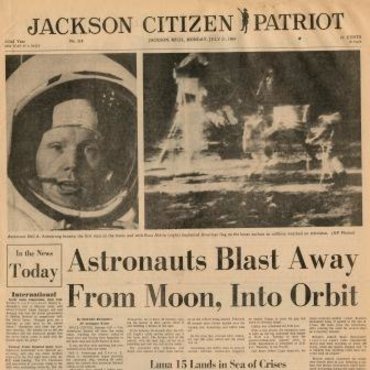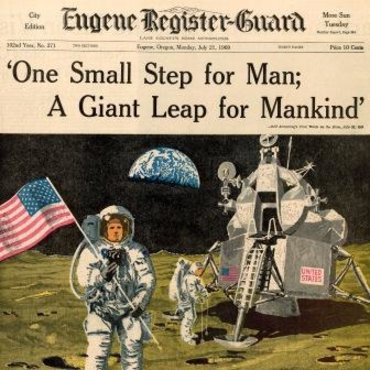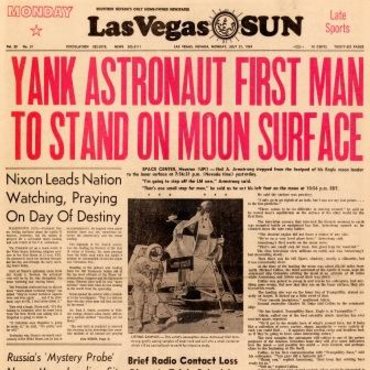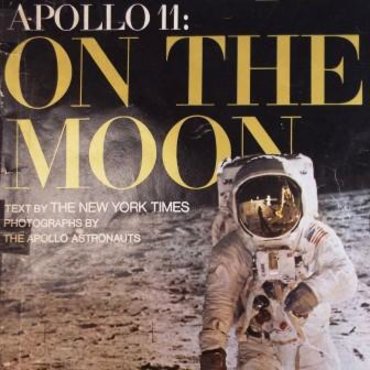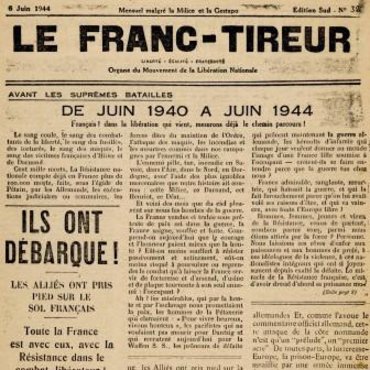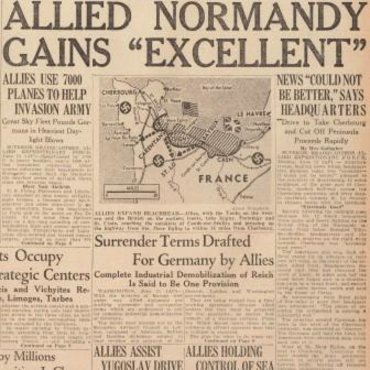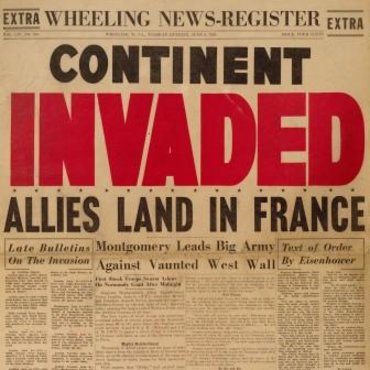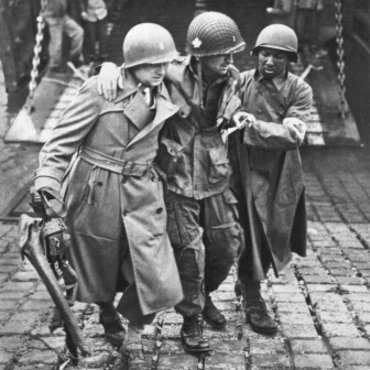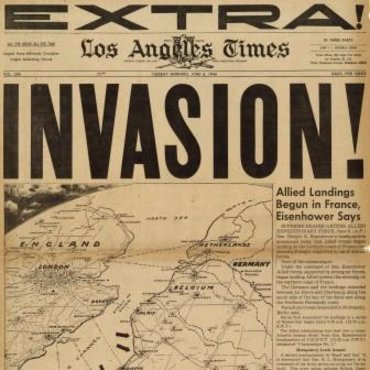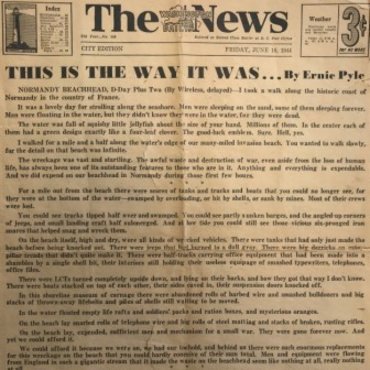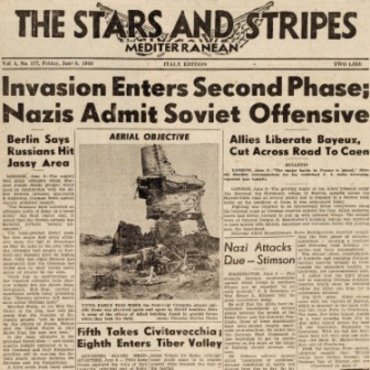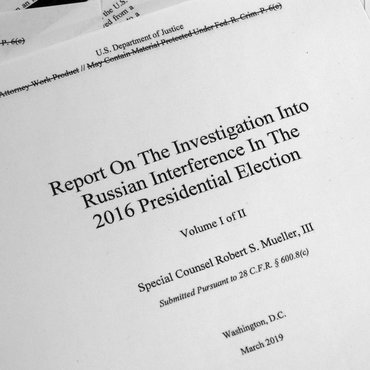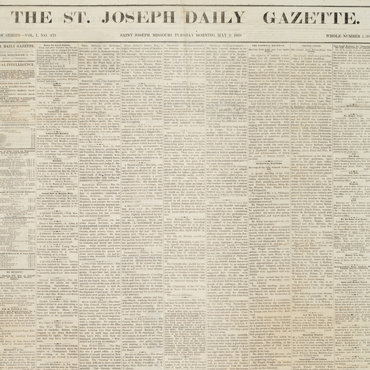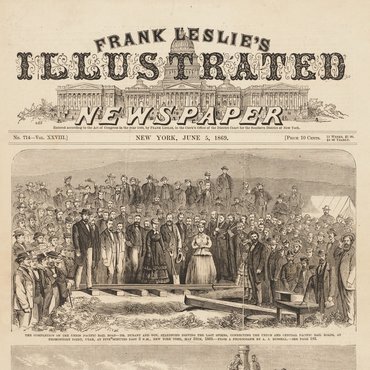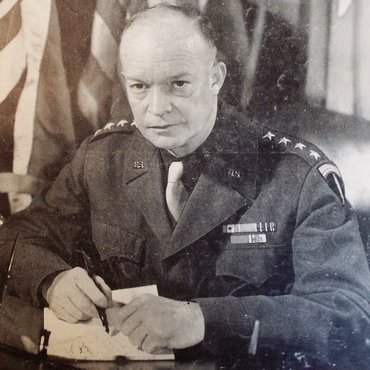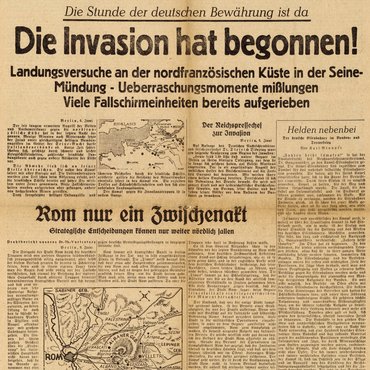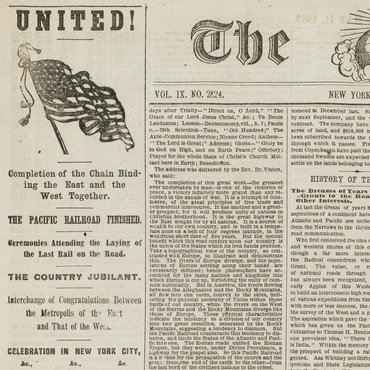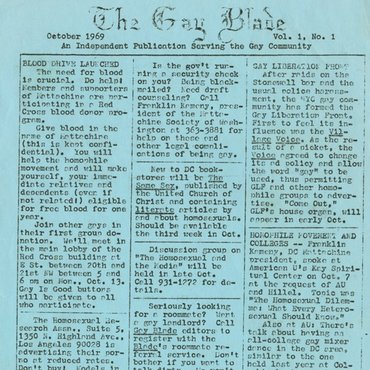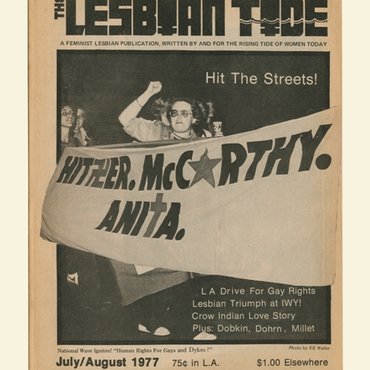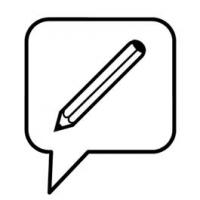
The Speed of News: Pictures vs. Words
Students try both writing and drawing to share a message, then compare the speed, accuracy and completeness of each form of communication.
Get even more great free content!
This content contains copyrighted material that requires a free NewseumED account.
Registration is fast, easy, and comes with 100% free access to our vast collection of videos, artifacts, interactive content, and more.
NewseumED is provided as a free educational resource and contains copyrighted material. Registration is required for full access. Signing up is simple and free.
With a free NewseumED account, you can:
- Watch timely and informative videos
- Access expertly crafted lesson plans
- Download an array of classroom resources
- and much more!
- Journalism
- 3-5
- Divide the class in half. Tell one half they can only use drawing to communicate. Tell the other half they can only use writing in complete sentences to communicate.
- Explain that you are going to ask them a question, and they need to prepare their answers using only the one form of communication they’ve been assigned. When they have finished their answers, they should put their hands up, so you can roughly measure which half of the class finishes the fastest.
- Give the students question 1: How do you get from school to your house? Allow students 3-5 minutes to prepare their answers. Discuss the results using the questions posed below.
- Switch the forms of communication — the half that drew answers now must write their answers and those who wrote must now draw. Give the students the question 2: When you wake up in the morning, what do you do to get ready for school? Allow students 3-5 minutes as with the first question. Discuss the results using the questions posed below.
- Paper (two sheets per student) and pens/pencils
Have students from each half of the room share their answers, discussing question 1 before moving on to question 2.
Question 1: Which form of communication was faster to answer? Can you understand the written or drawn responses? Would you be able to find these students’ houses using what they’ve written or drawn? Which form of communication was most effective for answering this question?
- Ask students to think of additional forms of communication they would use to answer these two questions. List possibilities on the board. Would you use more than one form to answer the questions? Which ones and why?
- To continue the conversation, ask students to select a major news event and brainstorm all the forms of communication they would use to report the story. Is the location important (maps and photos)? Are people important to it (word descriptions and photos)? Would a chart or a drawing help summarize information? What words would they use for the headline? What written information is important to capture the messages of the story?
Question 2: Which form of communication was faster this time? Which form of communication was most effective at answering the question? Was there a clear winner? Was it the same as last time? Why or why not?
-
Common Core State Standards: CCSS.ELA-LITERACY.CCRA.L.3
Apply knowledge of language to understand how language functions in different contexts, to make effective choices for meaning or style, and to comprehend more fully when reading or listening.
